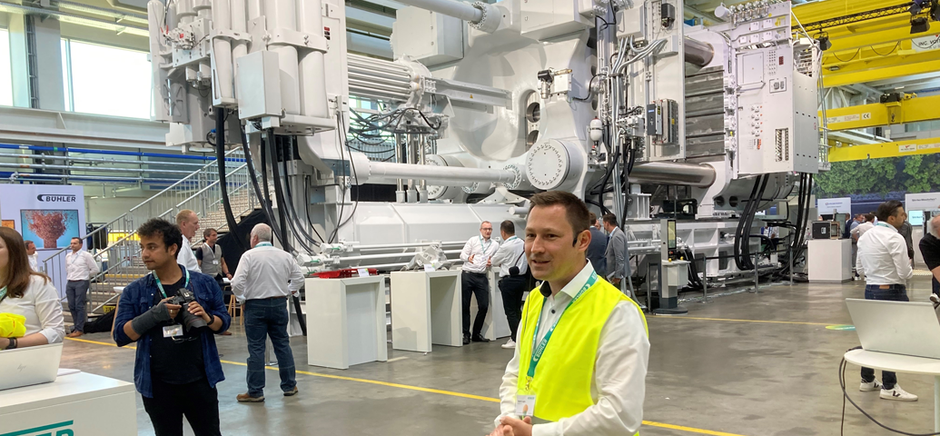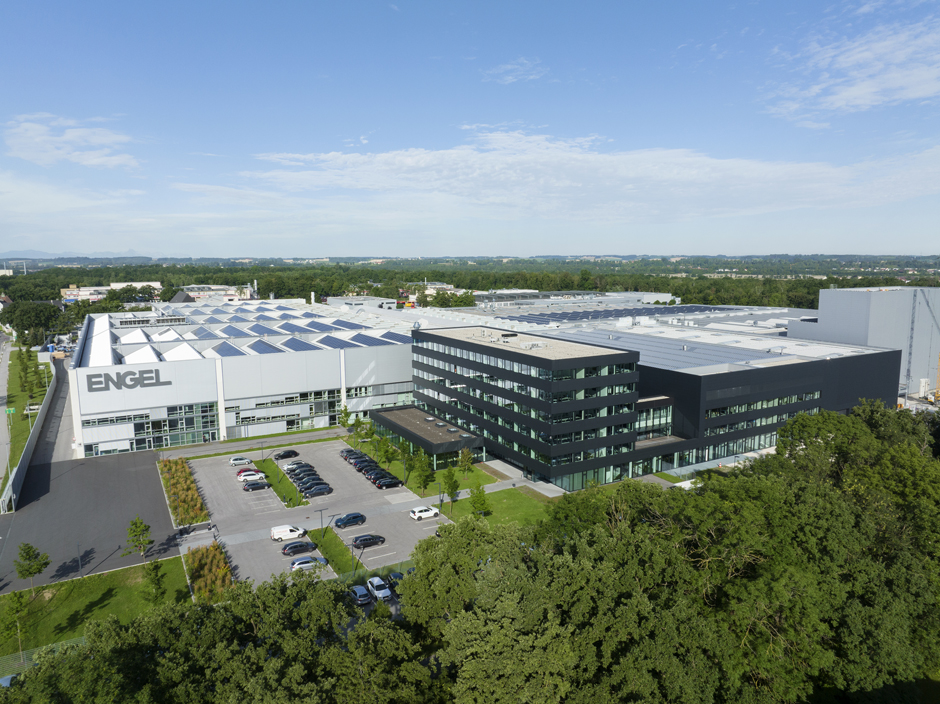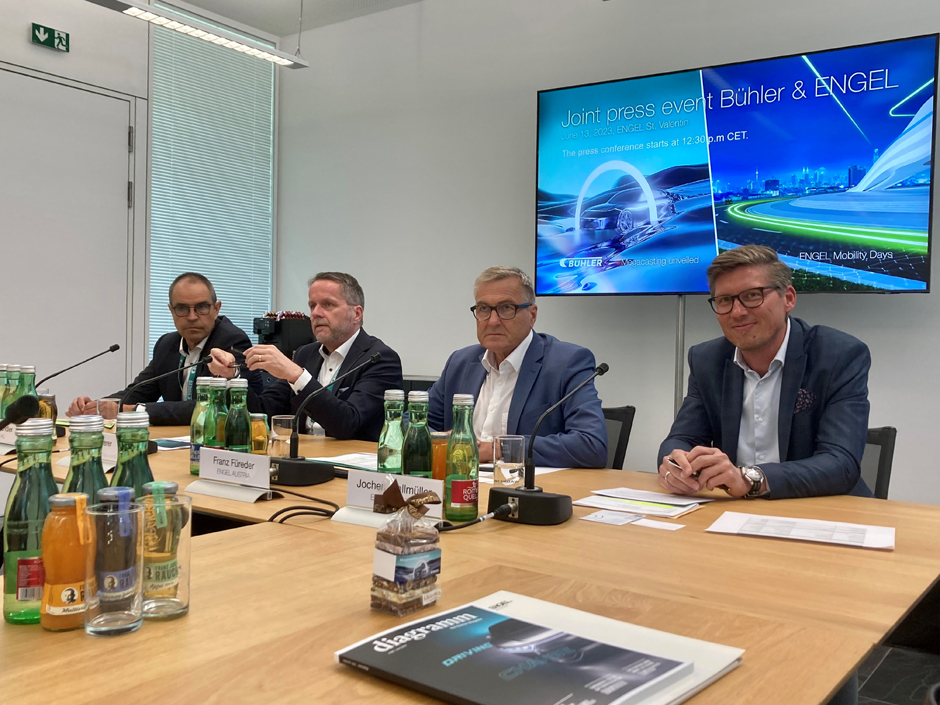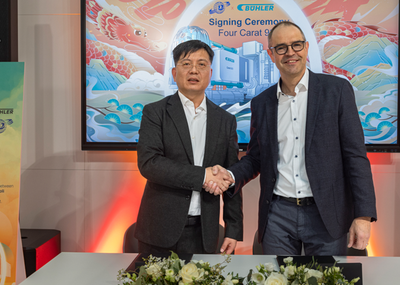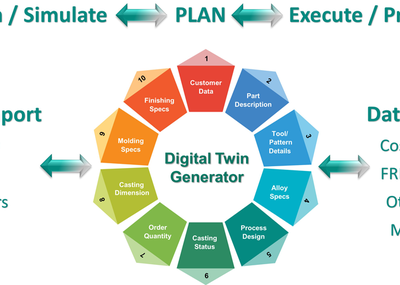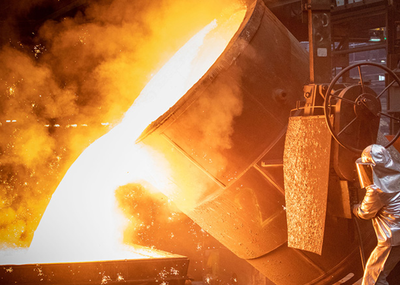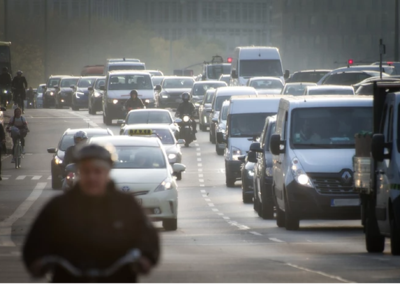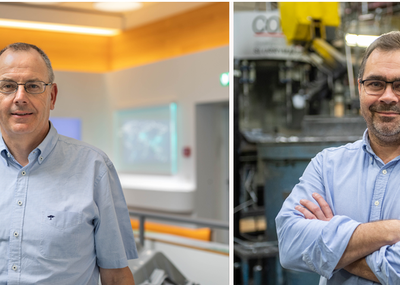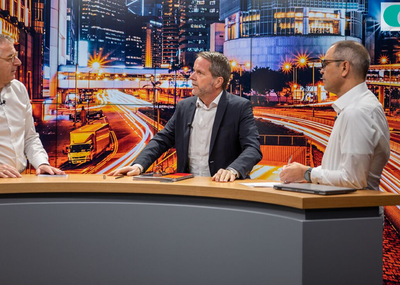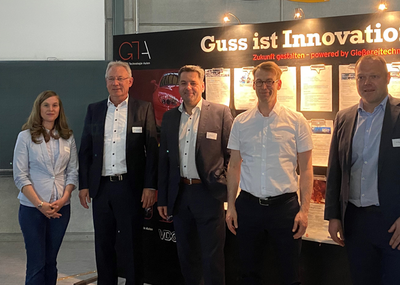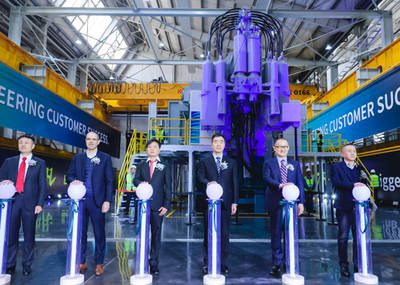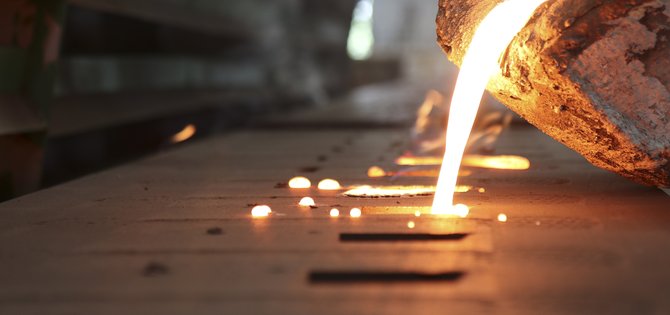By exploiting the synergies in the different core competencies of both companies, new solutions in die casting are thus always possible. "The implementation of the clamping units for the currently largest machines in Bühler's portfolio - the Bühler Carat 920, which was built in our ENGEL plant in Asia, and the Bühler Carat 840 in St. Valentin - are milestones for us of which we are very proud," Stefan Engleder and Franz Füreder, Head of the Automotive Business Unit at ENGEL, emphasize the importance of the cooperation with Bühler.
Cornel Mendler, Managing Director Die Casting at Bühler, also agrees. For him, the joint presentation of the two companies is a strong signal. "The cooperation with ENGEL and our joint pursuit of innovative solutions for the future can create great and powerful things - the Carat 840 is a symbol of this."
At the event in St. Valentin (Linz), Austria, Bühler showcases its megacasting technology with 8,400 tons locking force to international representatives of the die-casting and automotive industry for the first time in Europe. With a height of 7.6 meters and a floor area of around 160 square meters, the Carat 840 can inject over 200 kilograms of liquid aluminum into a die within milliseconds.
Reducing complexity in automotive manufacturing
The production of larger and more complex parts is considered groundbreaking by many car manufacturers who are moving in this direction or thinking about adopting that solution. Megacastings reduce complexity in production by enabling between 70 to 100 parts to be replaced by a single die-cast part. These single-piece castings will generally be produced close to the automotive assembly line, which allows for better integration and reduced transport.
“The future of the automotive market is being shaped by various forces. The main factors today are reducing complexity, increasing productivity, and improving sustainability,” says Cornel Mendler, Managing Director Die Casting at Bühler Group. “Our event is a unique chance for our customers and partners to experience the innovative technology behind megacasting and network with members of the industry from across the entire value chain.”
Martin Lagler, Director Global Product Management & Marketing Die Casting at Bühler Group, goes further and says: "By stepping into this market and supplying OEMs directly, our presence in the automotive industry has become stronger. It is therefore important for us to show the industry what we can offer and how we can work together on future-proof solutions for lighter and more sustainable vehicles."
Sustainability as a driver for aluminum die casting
Apart from the reduction in complexity, aluminum castings have the potential to drastically reduce CO2e emissions in manufacturing, with fewer processing steps and especially when using renewable energy or electric melting. CO2e per part is also reduced by minimizing waste and using low CO2e aluminum alloys. The aluminum that goes into overflows and runners can be remelted directly and reused in the die-casting cell, thereby avoiding transport for recycling.
Our internal studies show that compared to benchmark emissions today, megacasting offers the potential to reduce CO2e emissions by 70%. This can be achieved by using aluminum alloys with low CO2e footprint, avoiding fossil fuels for melting, and powering all operations with renewable electricity. This allows car manufacturers to reduce the carbon footprint of their products," explains Martin Lagler, Global Director Product Management & Marketing Die Casting at Bühler Group.

